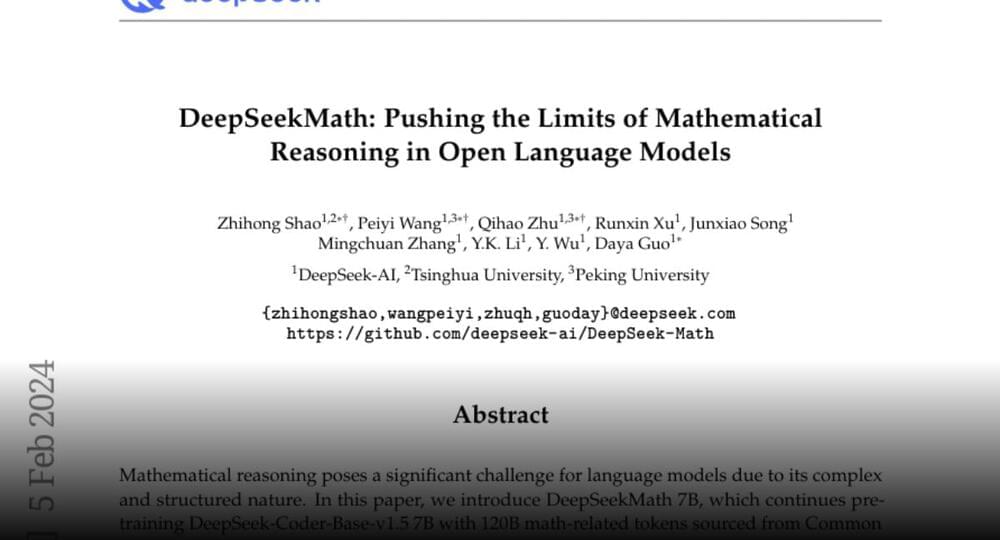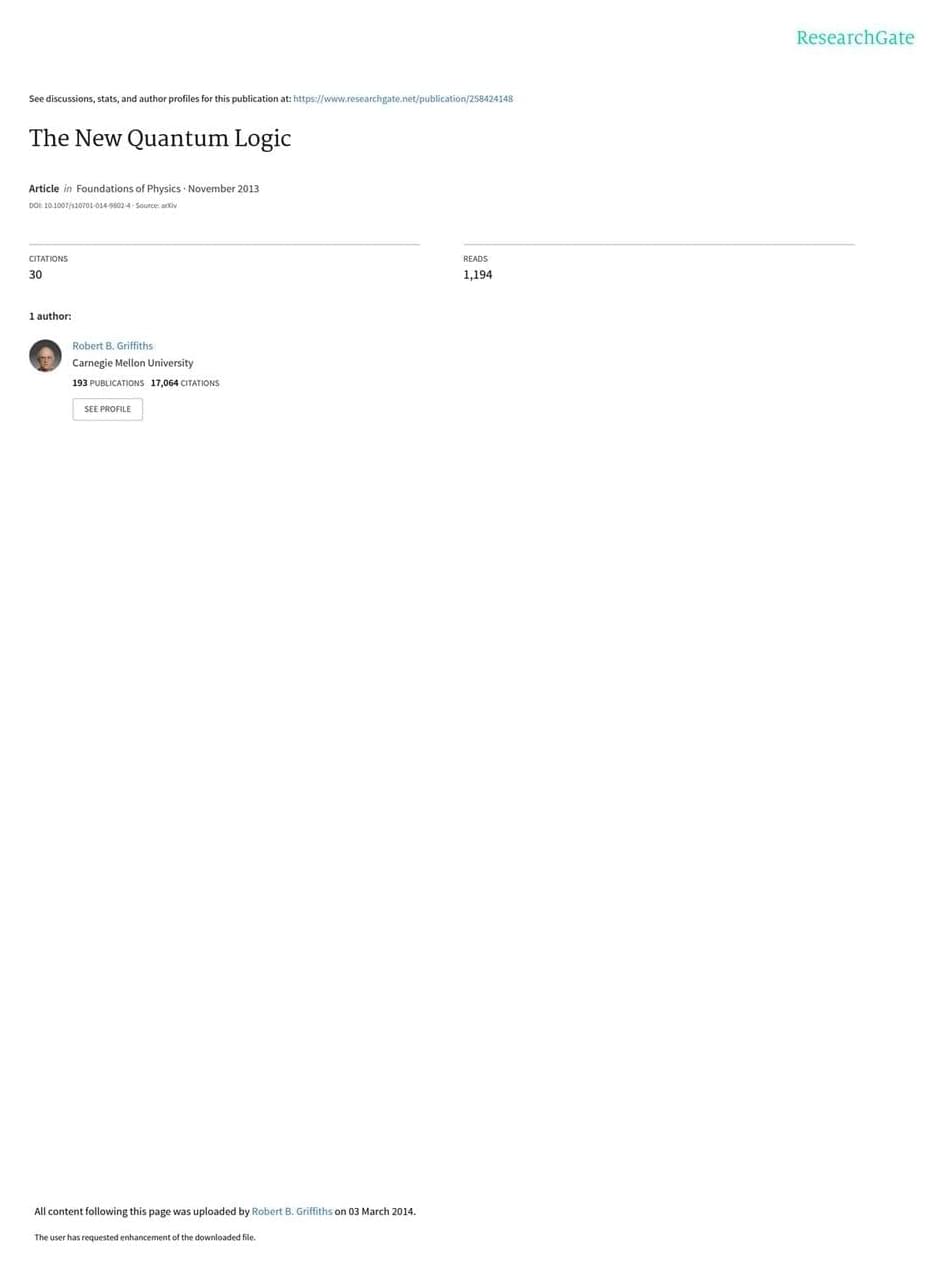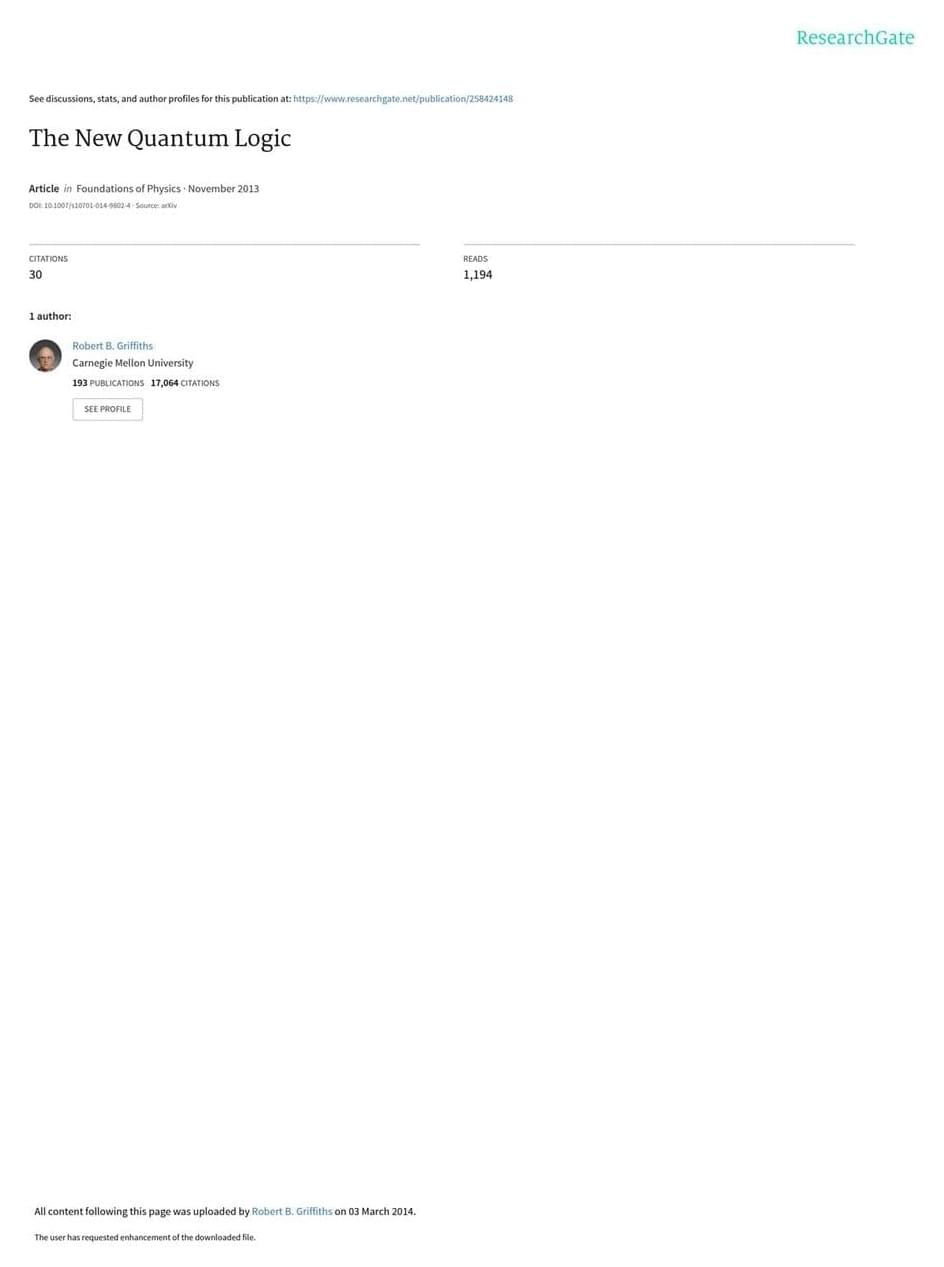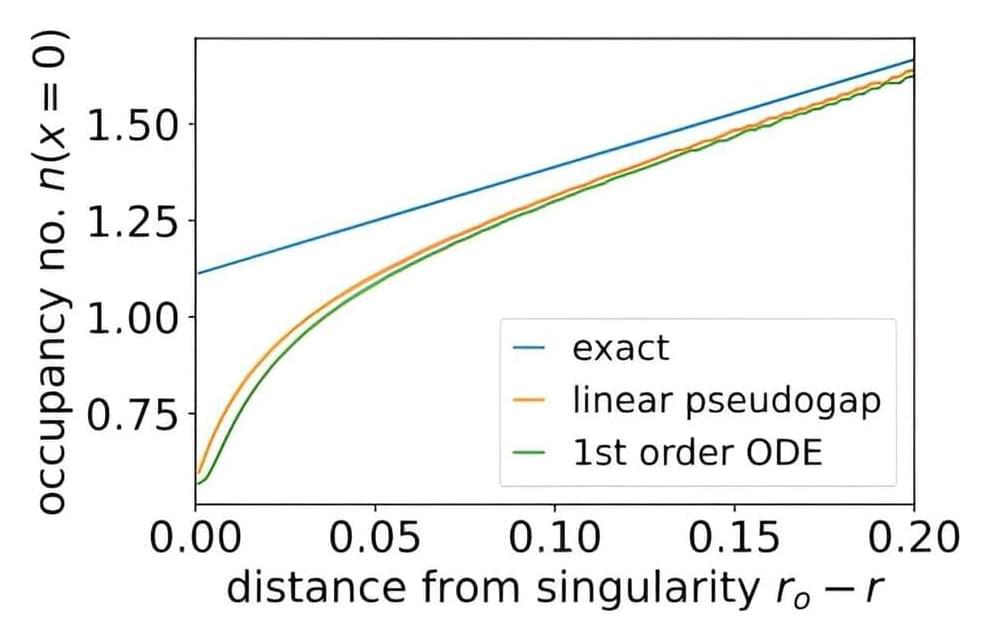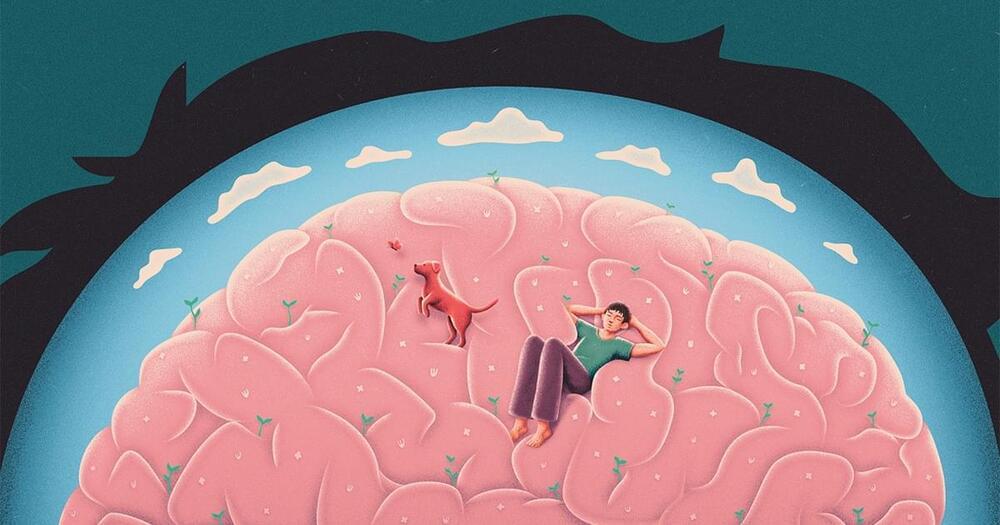Staphylococcus aureus bacteremia have their antibiotic treatment switched early from IV to oral?
Switching to oral antibiotic therapy can be as effective as prolonged intravenous (IV) therapy for several infections, including bone and joint infections and endocarditis (NEJM JW Infect Dis Jan 30 2019 and N Engl J Med 2019; 380:425; NEJM JW Gen Med Apr 14 2020 and JAMA Intern Med 2020; 180:769). European investigators now report results of an open-label, controlled noninferiority trial comparing a switch to oral antibiotics or continued IV treatment after 5 to 7 days of IV therapy in individuals with low-risk Staphylococcus aureus bacteremia (e.g., clearance of bacteremia within 72 hours, no evidence of deep-seated focus). Total duration of therapy was 14 days; oral options were trimethoprim-sulfamethoxazole, clindamycin, or linezolid; IV options were flucloxacillin, cefazolin, vancomycin, or daptomycin).
The trial was terminated after 213 of 5,063 screened individuals had been enrolled over a 6-year period. Oral therapy was found to be noninferior to IV therapy (in both intention-to-treat and clinically evaluable analyses) for the primary composite outcome of complications from S. aureus infection within 90 days. Two deaths due to S. aureus bacteremia occurred (both in the oral switch group), and 34% of the oral switch group versus 26% of the IV group had a serious adverse event (P=0.29) that was most commonly infectious.
As editorialists note, these results should be viewed cautiously: 5% of the screened patient population was actually enrolled, so secondary endpoints such as all-cause mortality could not be analyzed. However, the results were clearly influenced by the selection of oral agents, and the use of more-potent oral antibiotic regimens could have yielded better outcomes. At least for now, I remain reluctant to recommend anything less than a 14-day IV regimen for S. aureus bacteremia.

